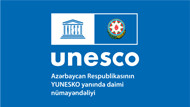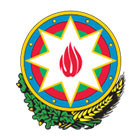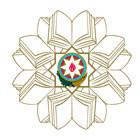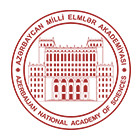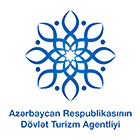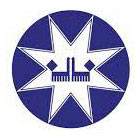Dolma making and sharing tradition, a marker of cultural identity
“Dolma making and sharing tradition, a marker of cultural identity” has been inscribed on the Representative List of the Intangible Cultural Heritage of Humanity at the 12 th session of the Intergovernmental Committee for the Safeguarding of the Intangible Cultural Heritage held in Jeju Island, Republic of Korea on 6 December 2017.
Dolma tradition is a set of knowledge and skills related to preparing, by local communities, of a traditional meal called “dolma” in the form of small fillings wrapped in fresh or pre-cooked leaves of vine, dock, hornbeam or quince trees or stuffed into fruits and vegetables such as apple, pepper, tomato, eggplant, quince, gourd, pumpkin, cucumbers or mushrooms. Communities most often use standard ingredients for the fillings/stuffing: meat, onion, rice (or peas) and spices. The meal is then cooked in clay pots, aluminum or copper caldrons called “qazan” and then shared within families or neighborhood communities. The name of the tradition originates from the shortened Turkic word “doldurma”, meaning “stuffed”. Depending on surrounding environment, climate and agriculture, but also season, communities use various methods, techniques and ingredients for the preparation of the traditional meal.
Within families, dolma tradition is based on individual or collective labor of women preparing the meal on the occasion of a huge range of cultural and social activities, ceremonies, rituals, traditional holidays, weddings and festive events. It serves to prepare young adult women for marriage life and is used to express solidarity, tolerance, respect and hospitality, when shared with guests, visitors and neighbors.
Transmitted from generation to generation, dolma tradition is practiced and shared throughout the Republic of Azerbaijan, and is perceived as a central culinary practice in all regions. It is enjoyed on special occasions and gatherings and expresses solidarity, respect and hospitality. Dolma tradition has transformed into one of the symbols of Azerbaijani intangible heritage and serves as a strong marker of cultural belonging.






